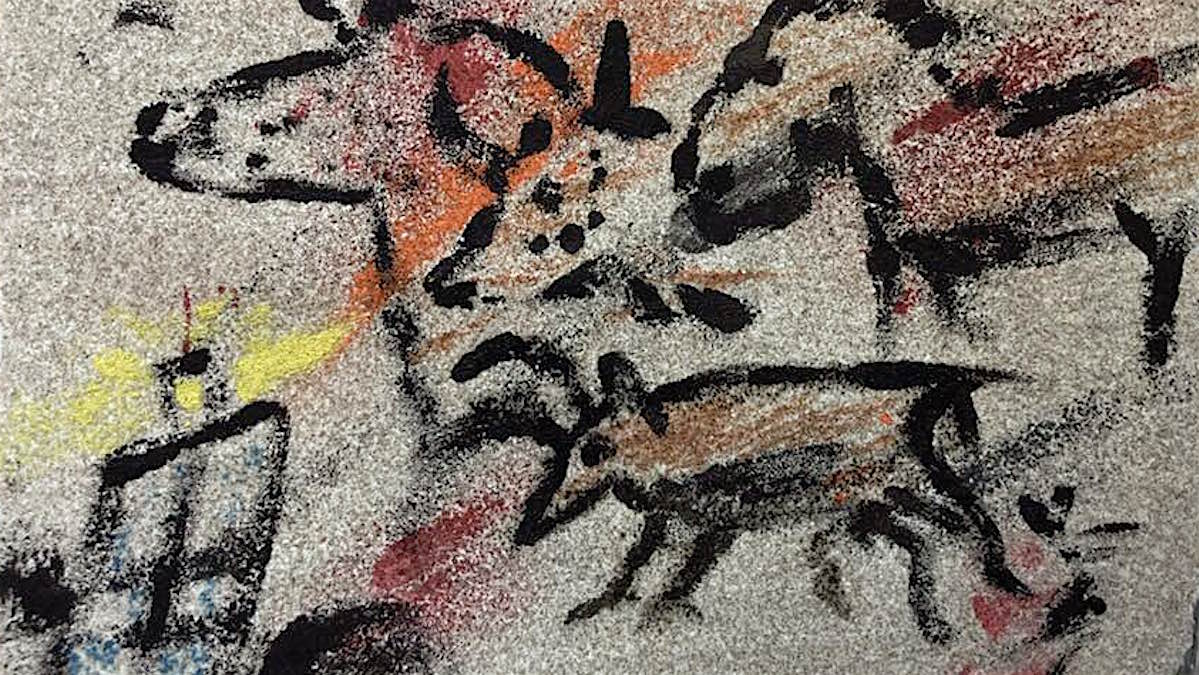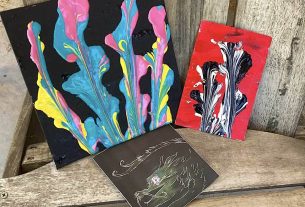
The Time: The Stone Age
Our “time traveling” Be the Artist this summer starts way back… in the Stone Age.
The “Stone Age” is more than just a small span of time, as it covers millions of years of prehistory, ending anywhere from at least 8 to 2 thousand years BCE when people begin using metalwork (such as techniques for smelting ore) at the birth of the “Bronze Age.”
Stone Age cultures have been discovered as far back as four million years ago in what is now southern Africa, but cultures artifacts from the Stone Age have been discovered all over the world.
There is plenty of debate between anthropologists, archaeologists, and historians about exact dates, places, origins, endings, and cultures (such as Paleolithic or Neolithic periods), but one thing they agree on is the stories these cultures told through art is a vital way to learn about everything from their beliefs to their day-to-day existence.
During the Stone Age, one of the most impressive types of art still in existence include Petroglyphs (abstract or symbolic images engraved in stone surfaces), rock and cave paintings that often represented animals or human figures. This type of artwork is referred to as “Parietal art,” and includes such pieces as the famous cave paintings found in Chauvet-Pont-d’Arc Cave in France, which represents a time called the Aurignacian period (about 30,000 BCE).
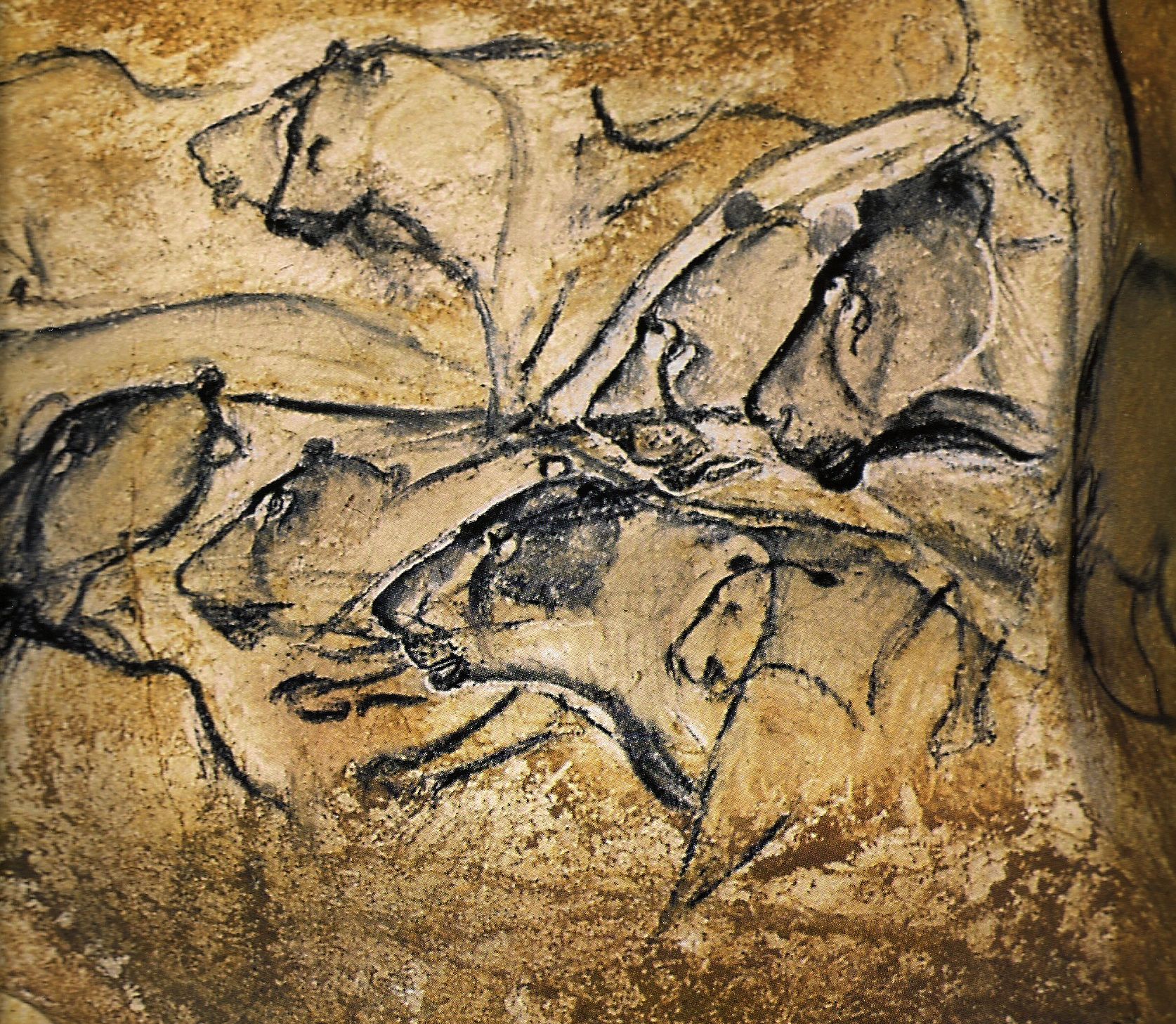
Although there is still much mystery behind the exact meaning of these paintings, scientists have learned much by studying them. They know many of these cultures were nomadic. They learned what kind of animals they hunted or used. They also could tell how long some people used certain areas for shelters. They also could tell what kind of vegetation and natural resources were used to create the different pigments found in these works including clays, charcoal or other minerals, and plant material. Some hand outlines were likely made by the artist holding their hand against the surface and blowing a pigment at it through a small hollow pipe.
Even as the meanings and origins of many of these works are still being discovered, one thing is certain: humankind has always been made up of artists and storytellers to help us discover our histories.
“Whether in cave paintings or the internet, human beings have always told their histories and truths through parable and fable,” film director Beeban Kidron said a Ted Talk on the wonder of film, “We are inveterate storytellers.”
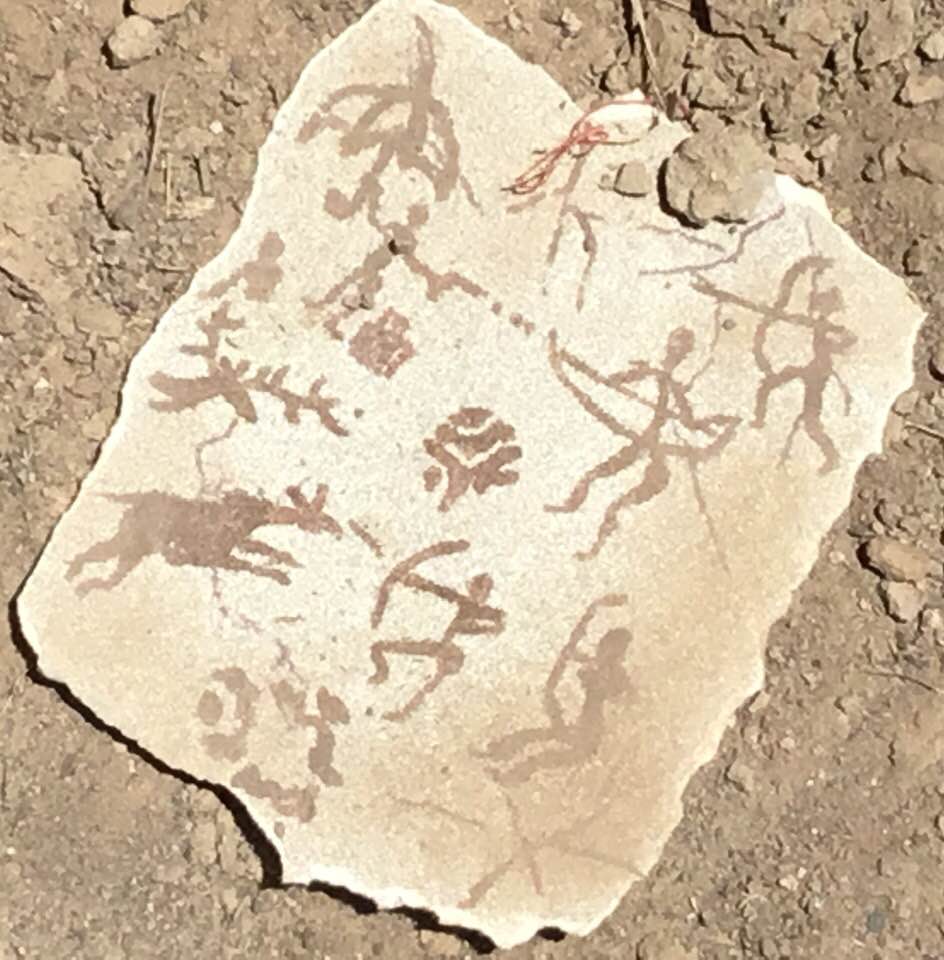
The Project: Sandpaper Cave Specimens
Everyone who loves fantasy of science fiction has read at least one story where characters run across
“prophecies” or other revelations told by an ancient culture that reveal something mysterious of significance to the plot of a story.
Although real cave designs are not prophecies, their longevity mixed with the mysterious anonymity of the exact person who created them still inspire storytellers today.
In addition, many artisans today like to borrow from the concept of cave or rock painting for their own products, and those who visit art markets can see rock or sandstone art they can purchase bearing everything from Native American to Celtic designs. These often result in very attractive pieces, but as sandstone is a little heavy for younger artists, this cave art inspired project will use sandpaper instead.
The only materials needed for this craft are sheets of fine sandpaper you can get pretty much anywhere and some acrylic or craft paint. It is already “sand” colored, and I’ve gotten sheets for as cheap as one dollar or less.
First, make the sandpaper surface look less more weathered (not a perfectly square sheet) by tearing around the edges. If you want to use a more typical pigment, small charcoal sticks can be used to draw the design instead. This will get messy, so those with younger kids not wanting to get their hands too dirty can use a black crayon.
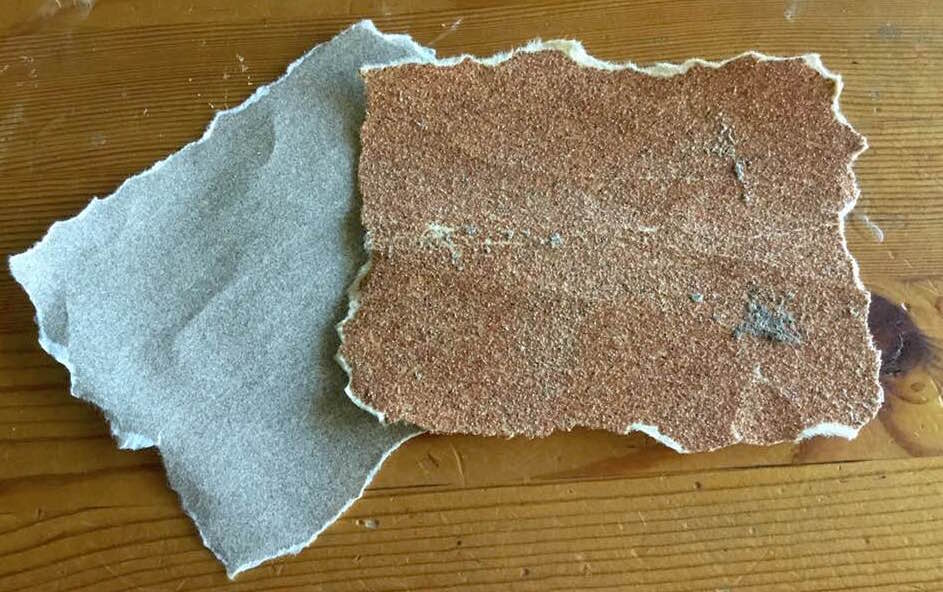
Next is just the painting, but the fun part is thinking of a “story.” What if some ancient race had predicted Thanos and the Infinity Gauntlet or were paid a visit by The Doctor and TARDIS?
Look up some of the patterns and designs online through history or education sites or purchase a young reader’s book on cave art. I found some good examples of paintings all over the world on Mental Floss and Kid World Citizen, a well as some great cave art, book, and video examples.
Once you find a design you like, use it as an example. Stick to one era or geographic location at a time, as cave art doesn’t just represent one-time span or part of the world. You might find a style or design you like, but also look for one that tells a story that will complement your idea.

Have fun, but make sure you tell a story. We often think about ancient cultures being “primitive” because they lacked the means and technology to create the things we can today, but intelligence and the desire to share their story was just as strong and significant as it is today.
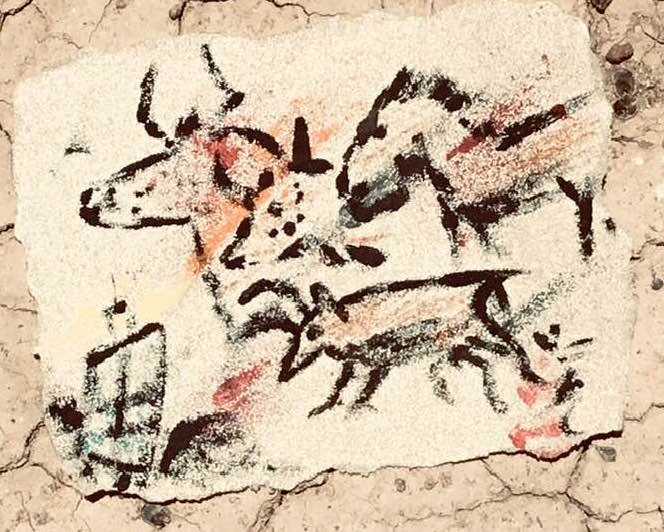
Anthropologist Mary Leaky reminded us in her books such as Disclosing the Past how much more there was to these people than first meets the eye:
“There were details like clothing, hairstyles, and the fragile objects that hardly ever survive for the archaeologist—musical instruments, bows and arrows, and body ornaments depicted as they were worn,” she said. “No amounts of stone and bone could yield the kinds of information that the paintings gave so freely.”
